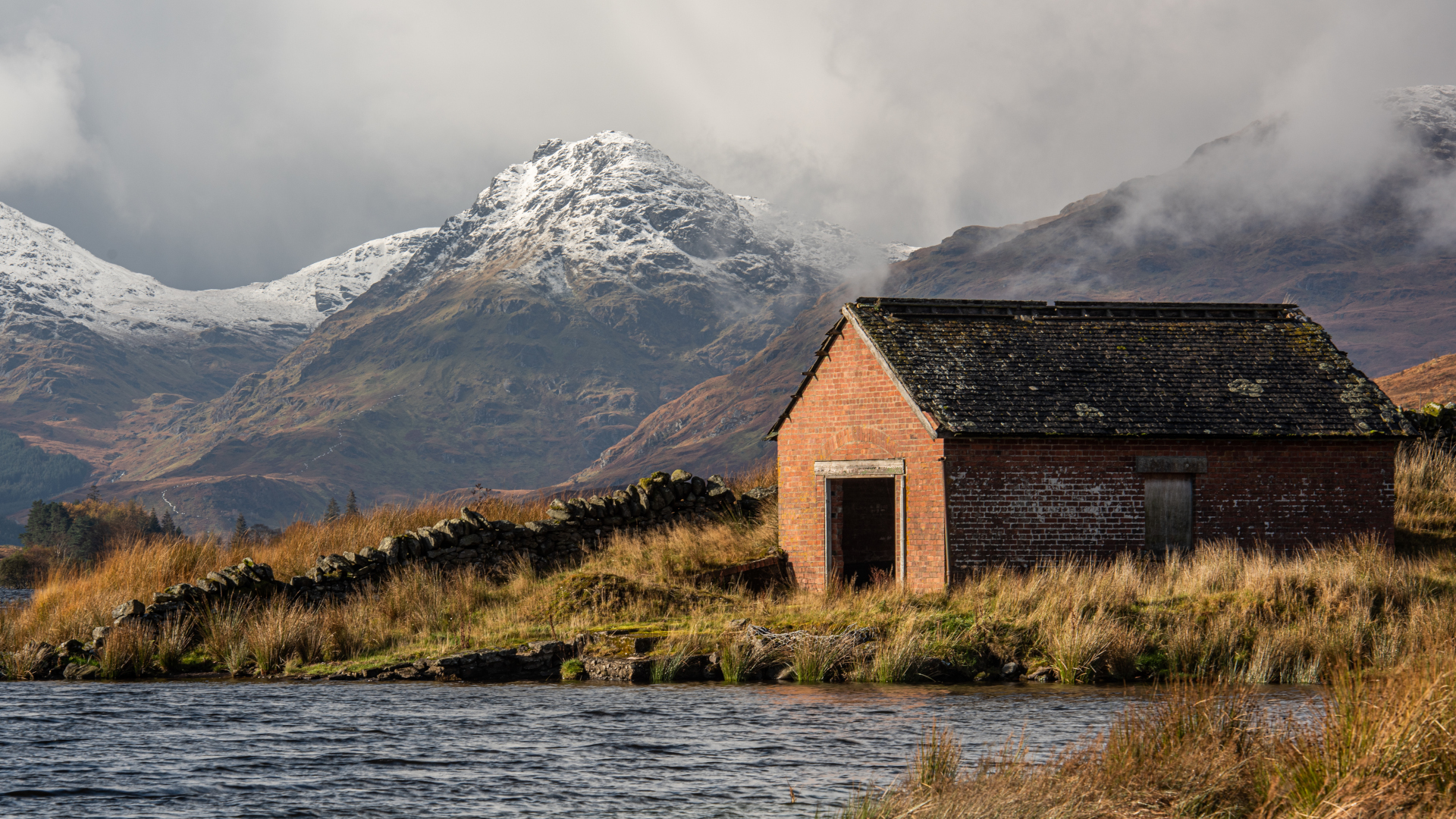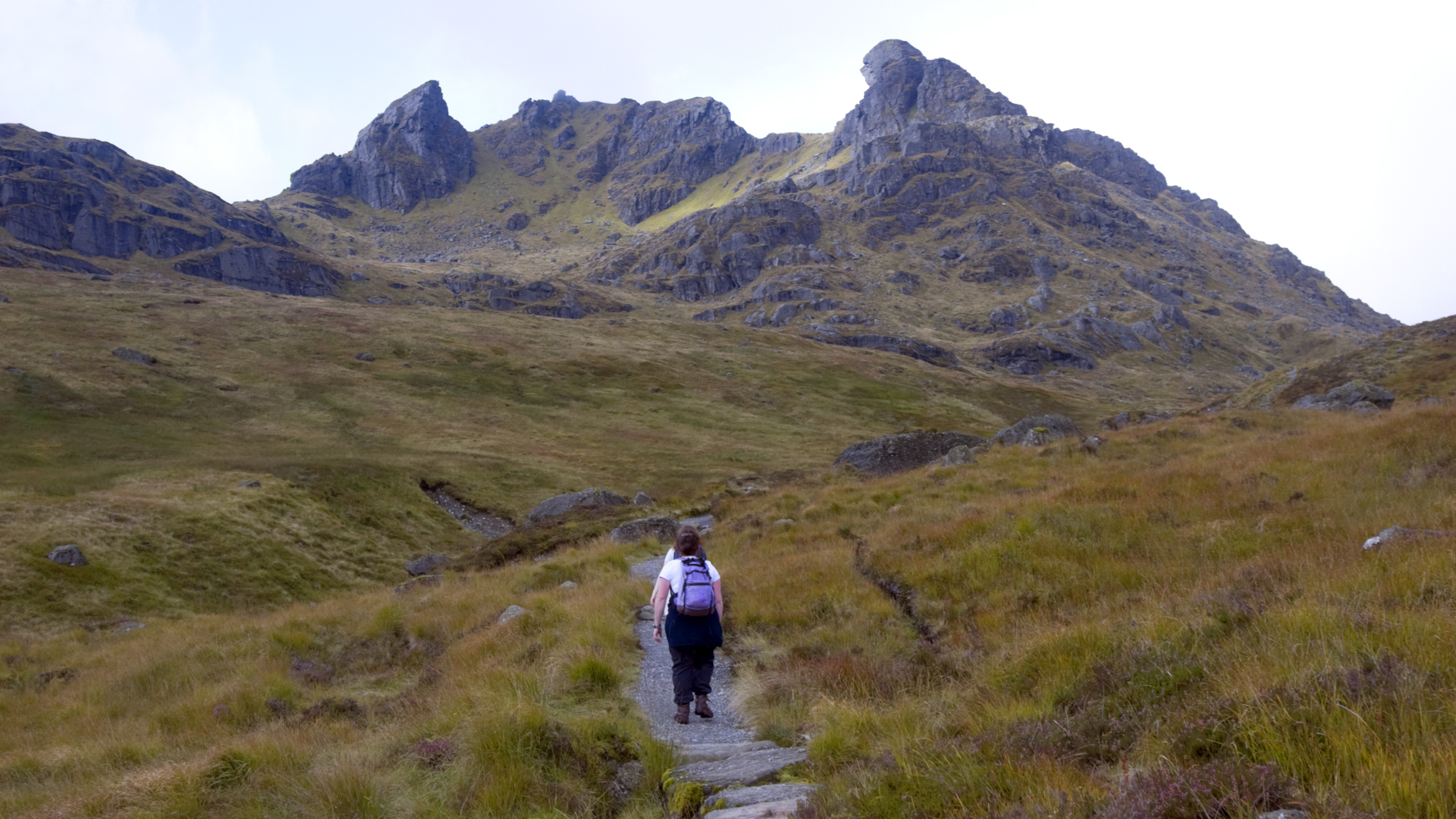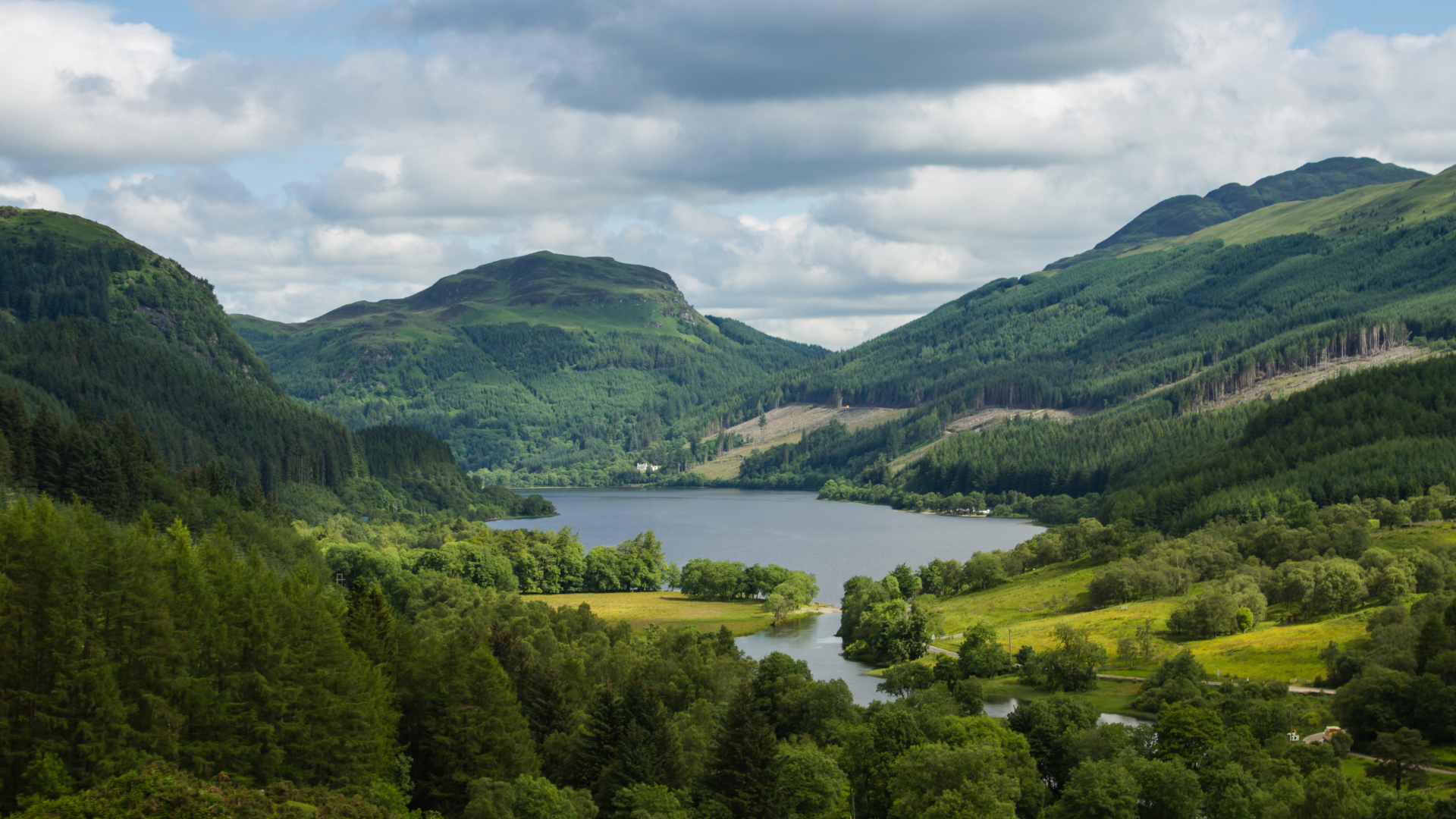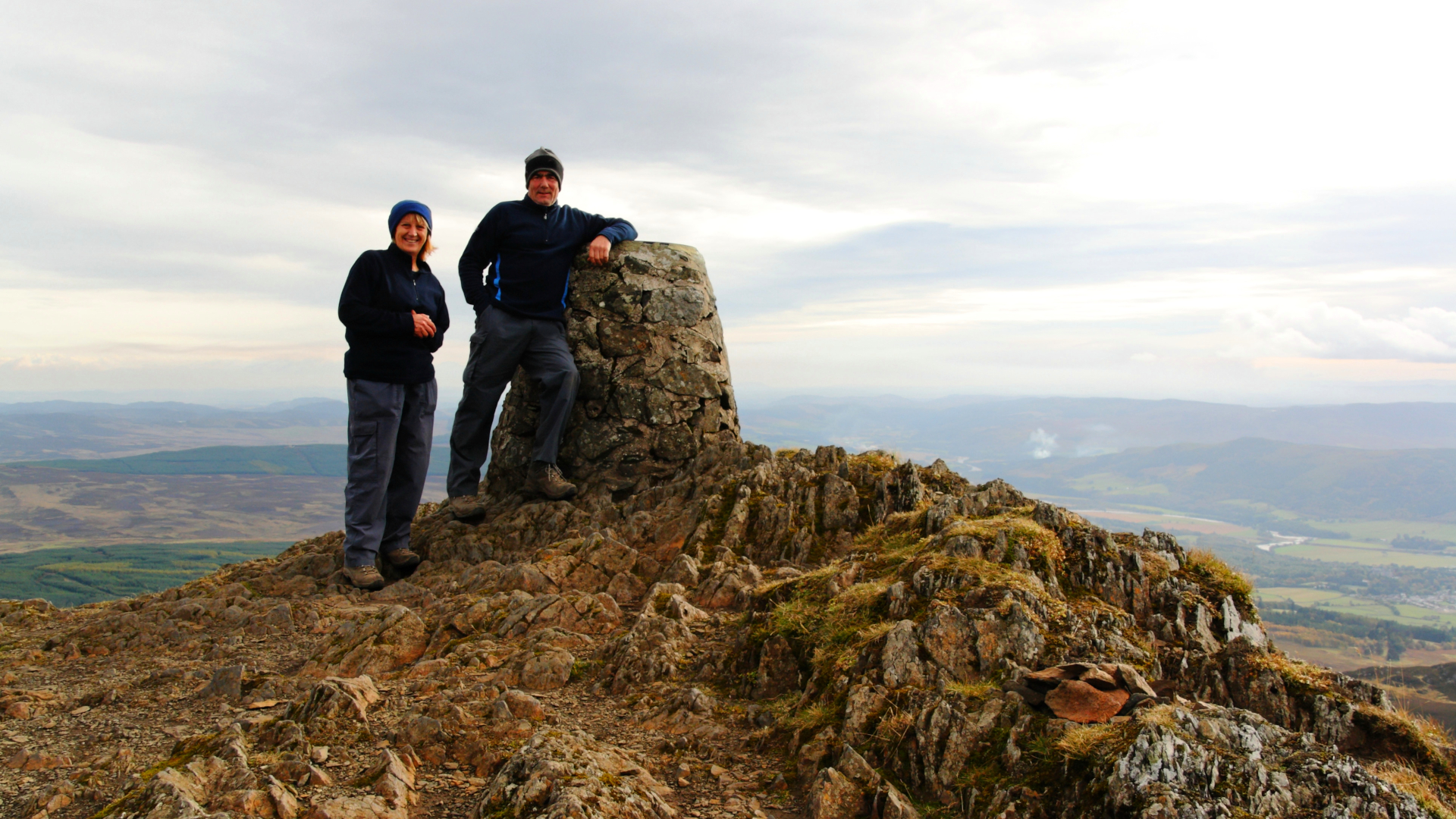What is a Corbett? Scotland's mountains explained
What is a Corbett? We explain what defines these Scottish mountains, where to find them and how to get started as a Corbetteer

Hiking in Scotland doesn’t just treat you to some of the best mountainous scenery in the world, it opens you up to a whole new vocabulary. Lakes are lochs, valleys are glens and many mountains are called Corbetts. So what is a Corbett? We take a look at this designation of Scottish mountains and suggest a few to start with if you’re ready to hit the trail.
What is a Corbett?

A Corbett is the name given to a mountain in Scotland that is between 2,500 and 3,000 feet high. In order to be classified as a Corbett, it also has to have a 500 foot drop on all sides.
Corbett’s are named after John Rooke Corbett, one of the founding members of the Rucksack Club. Corbett compiled a list of mountains that met the designation in the 1920s and it was given to the Scottish Mountaineering Club after his death in 1949. Corbett also holds the distinction of being the fourth person to hike all the Munros, and the first Englishman to do so.
What is the difference between a Munro and a Corbett?
The difference between a Munro and a Corbett is in the numbers. Once a mountain in Scotland is over 3,000 feet, it is classified as a Munro and these make up the tallest mountains in Scotland from the smallest Munro, Ben Vane, to the tallest, Ben Nevis.
How many Corbetts are in Scotland?

Believe it or not, this tiny country is home to a whopping 221 Corbetts. You might think they’re all in the Highlands, and many are, but in fact these mountains are scattered all across the country, from the borders area of Dumfries and Galloway to the western isle of Arran.
Perhaps the most popular Corbett for hillwalkers is Ben Arthur, more commonly known as The Cobbler, which is only about an hour’s drive from Glasgow, the country’s most populous city.
A person who climbs all 221 peaks is known as a Corbetteer.
All the latest inspiration, tips and guides to help you plan your next Advnture!
What is the highest Corbett?

The highest Corbett is Beinn a' Chlaidheimh (meaning “hill of the sword”) in the remote northwest Highlands. Its distinctive peak stands just two feet short of Munro status and in fact, it was believed to be a Munro until 2012. It lies in the large, mountainous region of the Dundonnell and Fisherfield Forest in Wester Ross and is often climbed as part of the Fisherfield Six in conjunction with five nearby Munros.
How to get started as a Corbetteer

Interested in bagging some of Scotland’s Corbetts? With such a big list of mountains to choose from, the Corbett hikes range from remote and challenging to moderate walks on well-maintained paths. Below is a list of some of the Corbetts that have good paths and straightforward approaches that offer a great starting point for your adventures:
- Beinn Donich
- Ben Gulabin
- Ben Ledi
- Ben Rinnes
- Ben Vane
- Ben Vrackie
- Goat Fell
- Little Wyvis via the track
- Meall a'Bhuachaille
- The Merrick from Loch Trool
Even though these are simple hikes, they will still pose a good challenge and you should always dress appropriately with proper hiking boots and a waterproof jacket when attempting any Corbett, carry a map and compass and check the weather before you go.
Julia Clarke is a staff writer for Advnture.com and the author of the book Restorative Yoga for Beginners. She loves to explore mountains on foot, bike, skis and belay and then recover on the the yoga mat. Julia graduated with a degree in journalism in 2004 and spent eight years working as a radio presenter in Kansas City, Vermont, Boston and New York City before discovering the joys of the Rocky Mountains. She then detoured west to Colorado and enjoyed 11 years teaching yoga in Vail before returning to her hometown of Glasgow, Scotland in 2020 to focus on family and writing.

